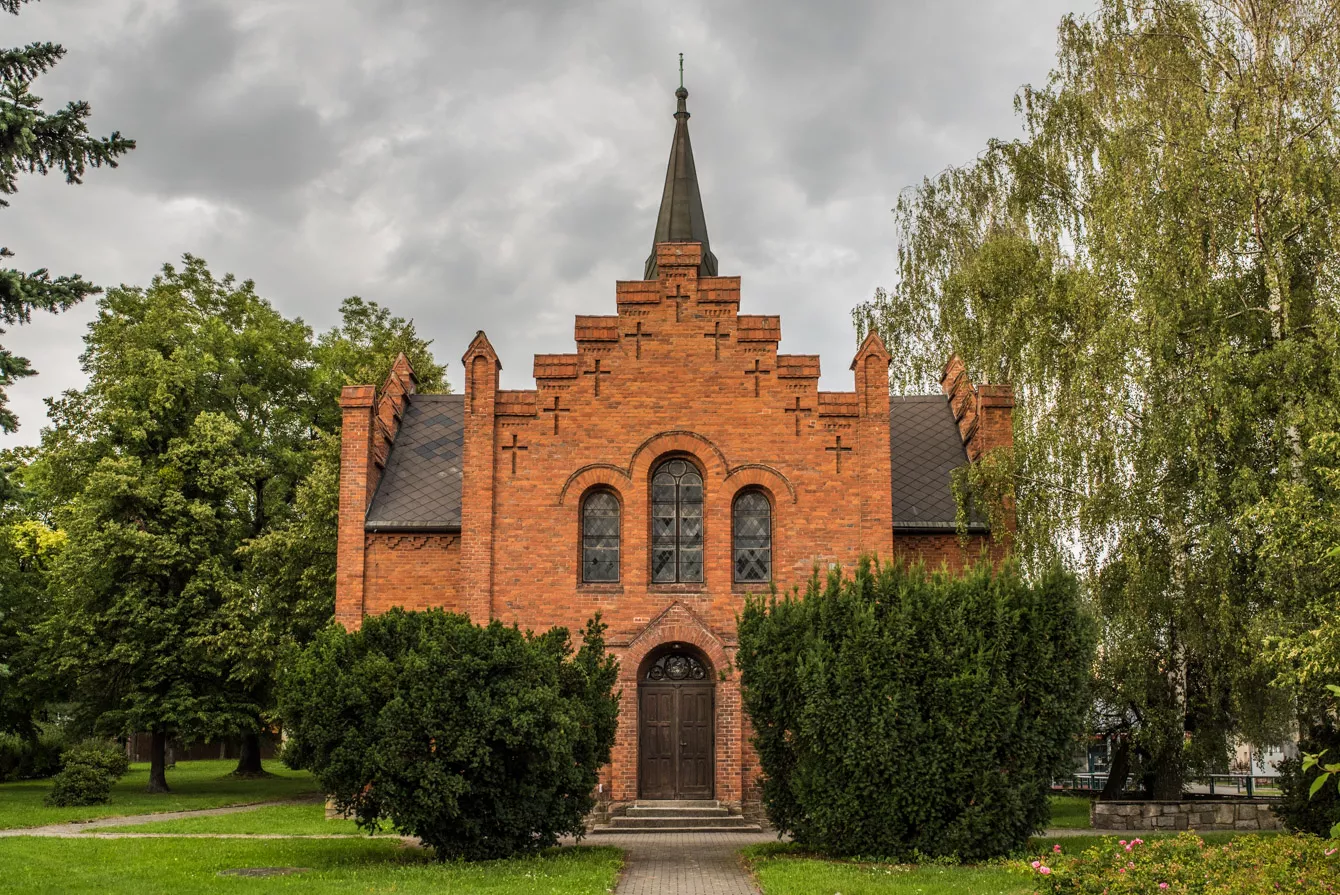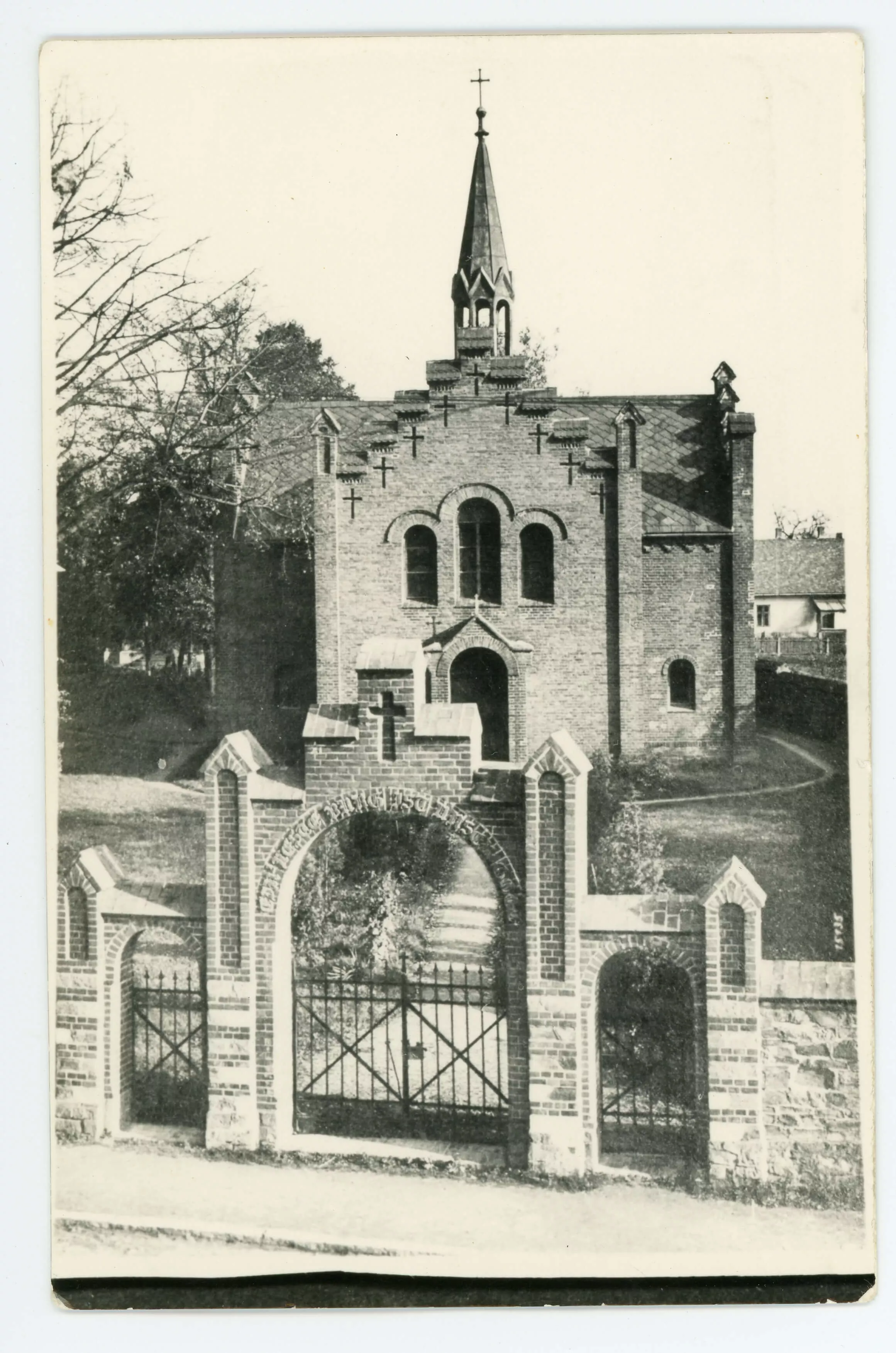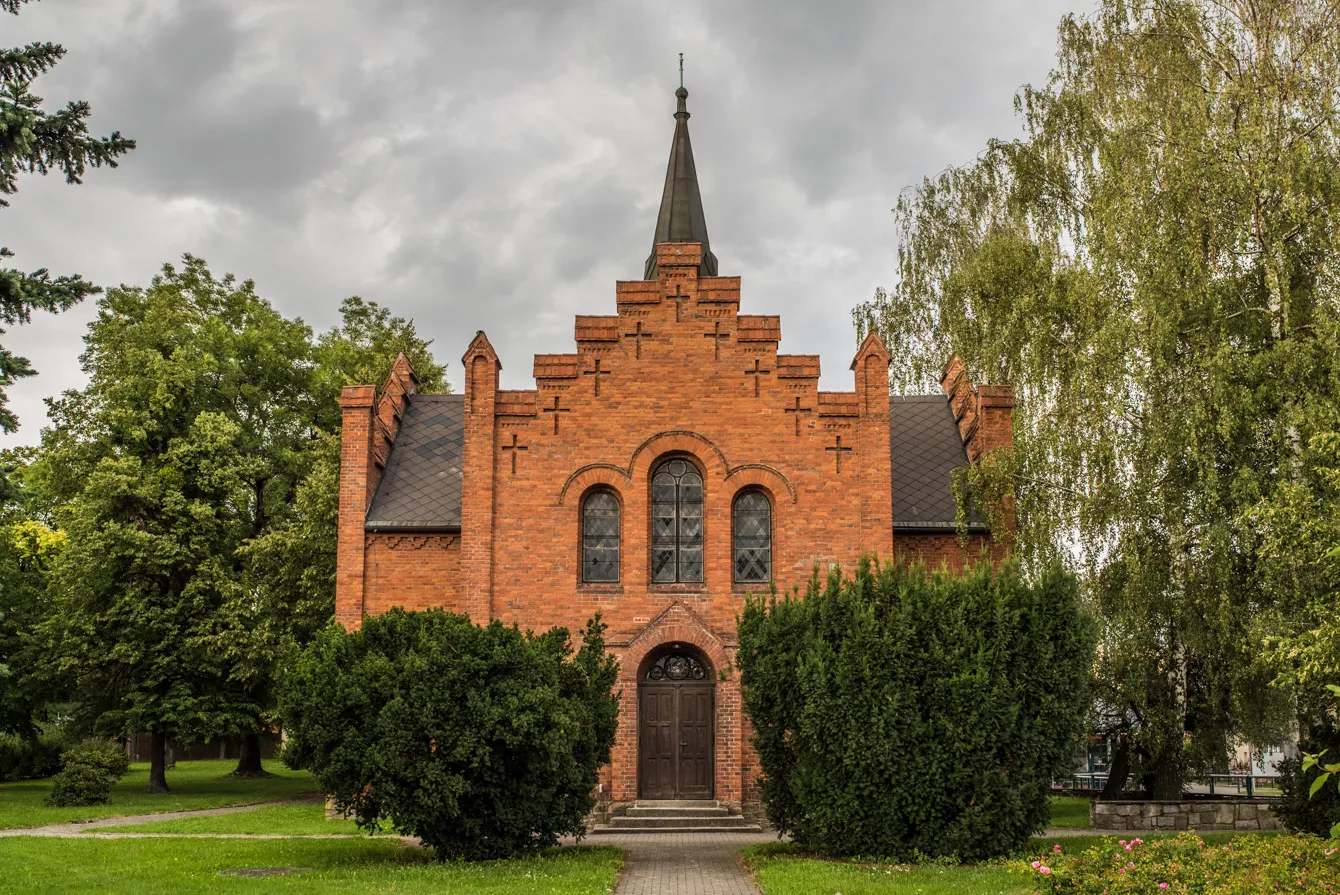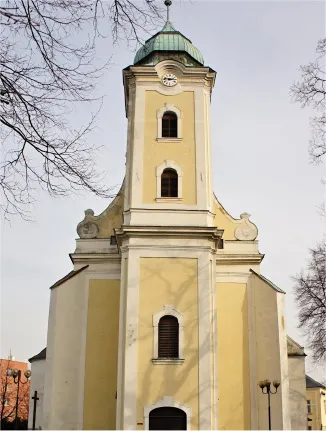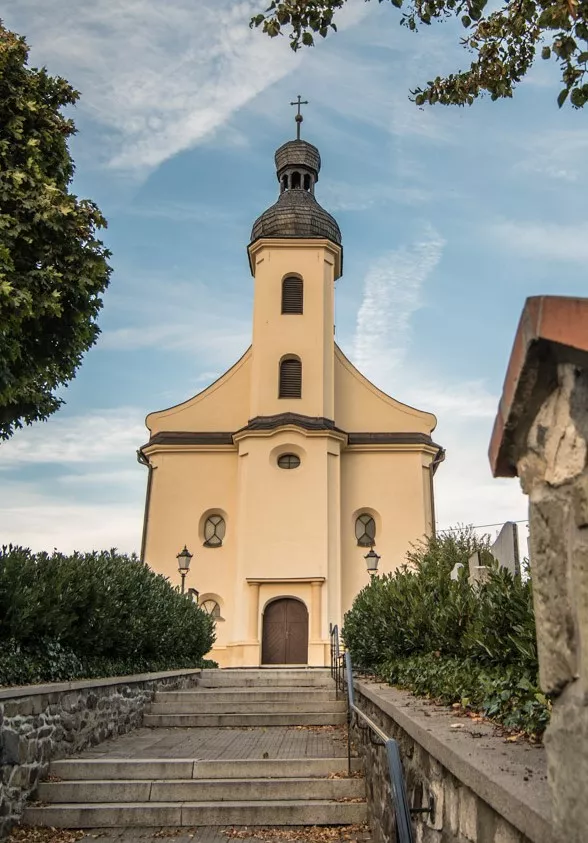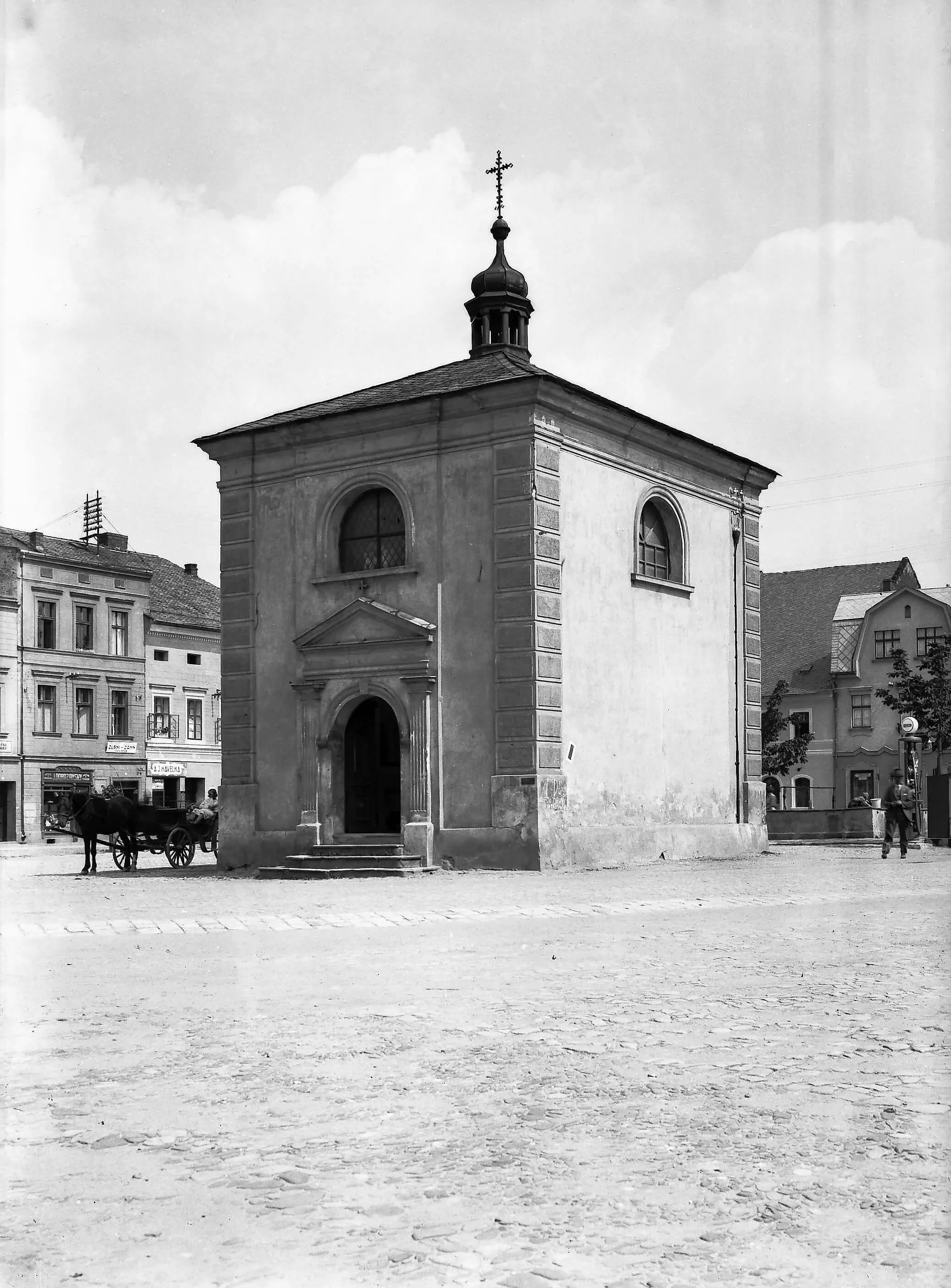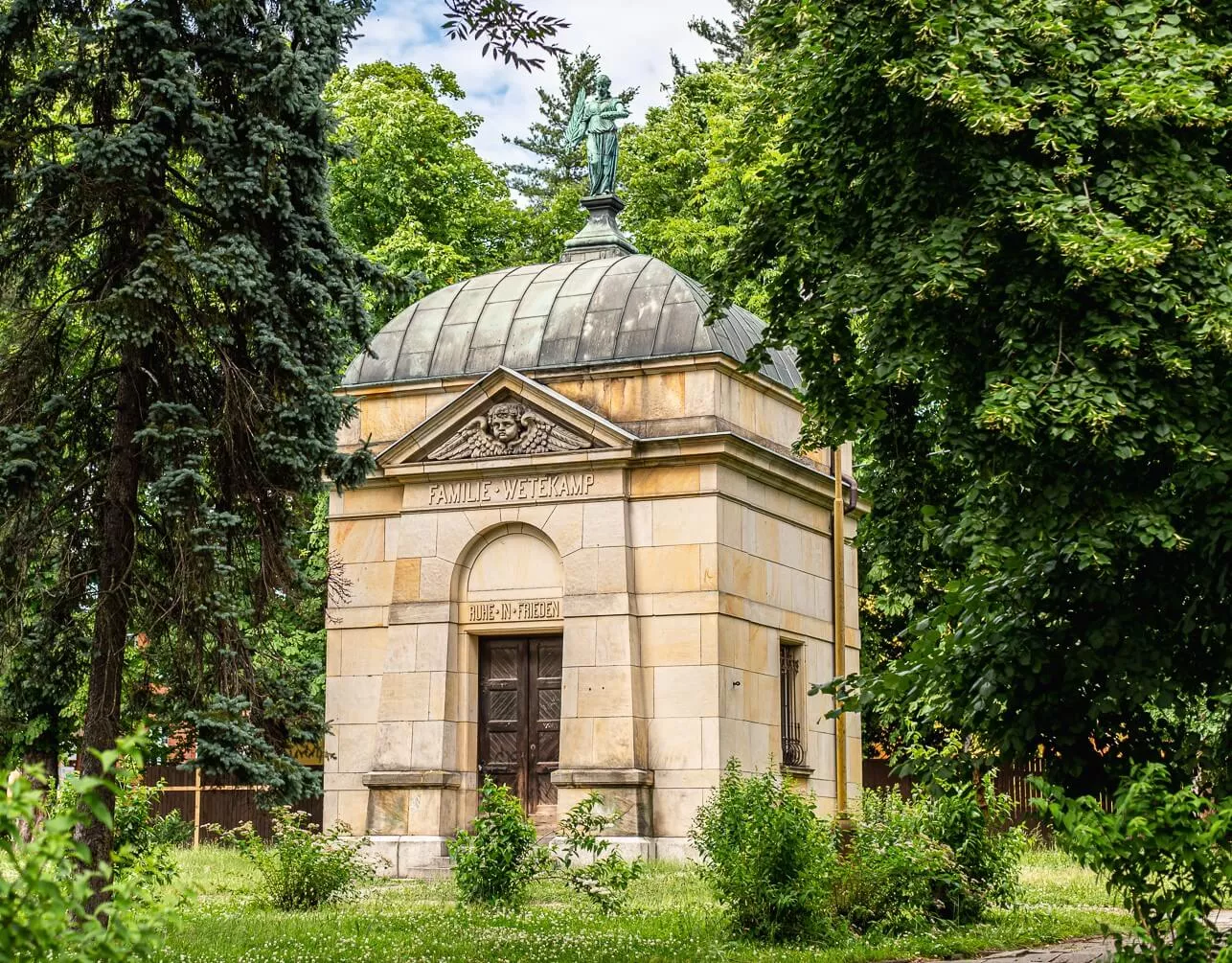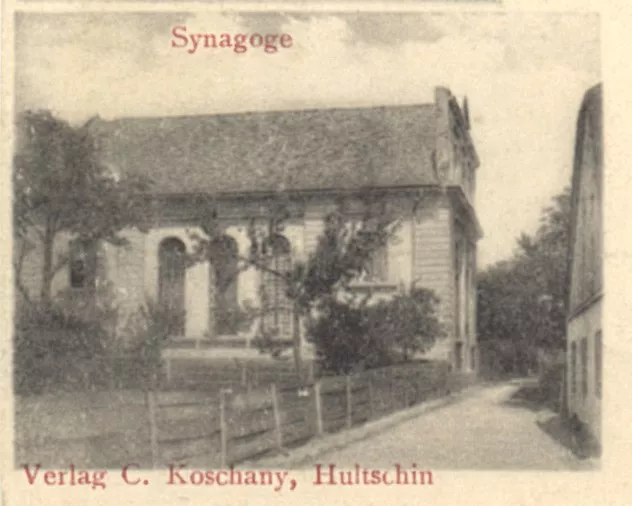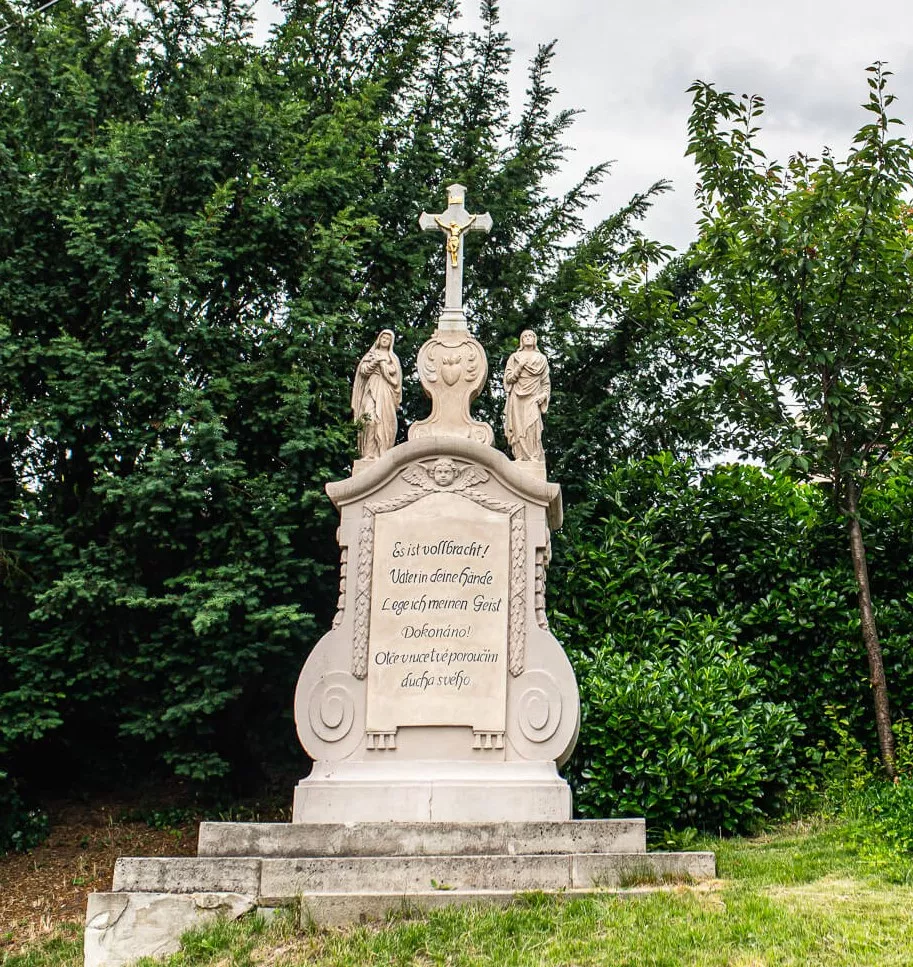The slowly growing number of Evangelicals in Hlučín and its surroundings prompted the building of a church of their own, as the nearest Evangelical churches were in Racibórz and Rozumice. The local community was not large: the town chronicle records 41 in Hlučín in 1861 and roughly a further hundred scattered in nearby villages, chiefly Petřkovice and Šilheřovice. Many Evangelicals from inland Germany worked on the Rothschild estate or at the Petřkovice pits, often in managerial or clerical posts. Given their standing, influence, and means, an initiative arose in the early 1850s which culminated in 1864 with the consecration of a new church in Hlučín, built in just five months in 1862. Spearheading the effort were provincial councillor Eugen Friedrich von Selchow (1828–1897); district surgeon and curator of the Evangelical Church in the Racibórz area Ernst Wilhelm Werner (1797–1877) of Dlouhá Ves; and Wilhelm Moritz Wetekamp (1829–1898), estate director to Baron Rothschild in Šilheřovice and Dolní Benešov. Financial support came from the Gustav-Adolf-Stiftung, a German foundation set up to encourage the building of Evangelical churches in the diaspora. The original bell was a gift from the Evangelical community in Dortmund. The design was by the Berlin architect Eduard Römer (1814–1895).
The church is a centralised structure in exposed brick on the plan of a Greek cross. Its historicising character is defined primarily by the stepped gables of the arms and a tall, slender bell-cote above the crossing, capped by a spire. The light interior gives a pleasant, cohesive impression of a single space. Instead of traditional vaulting, a progressive and more economical solution was adopted: an open view into the roof with a decorative timber frame on carved corbels and a dominant central boss from which a brass chandelier is suspended.
With the decline in the number of Evangelical faithful, the graveyard around the church was closed in 1965, and in the 1990s the building passed into municipal ownership. In 1996–2000, the disused church underwent full repair and the interior was adapted for cultural use.
